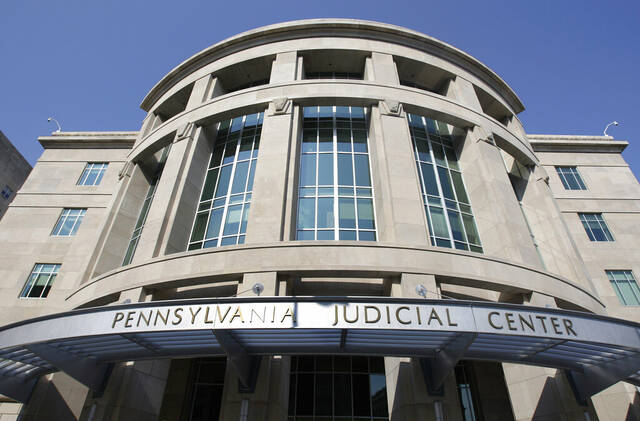Editorial: Delayed petitions latest sign of redistricting drama
If you want a practical example of why deadlines matter, the Pennsylvania Supreme Court has given it.
The process of changing districts for lawmakers is not something that sneaks up on us. It’s prescribed by law. It’s enshrined in the Constitution. It is a tradition more than 200 years in the making.
But even if no one had been paying attention for the last couple of centuries, the process itself is not exactly rapid and definitely not quiet.
It happens like clockwork, every 10 years. It starts with the decennial census. People are counted, the numbers are tallied, and the totals are used to decide what states get more members of Congress and what statewide districts are shuffled, moved, compressed or expanded.
Despite seeing that deadline coming 10 years away, making the new maps happen on time was predictably not in the cards this year. There were problems with the 2020 census, and then there is the fact nothing that is political in Pennsylvania seems to get done easily. Not budgets, not voting and not redrawing lines on a map.
It isn’t easy to move those lines. Democrats and Republicans both have good reasons why they want them where they want them. Whether you believe those reasons are valid or not probably depends on your politics.
The consequences, however, are obvious and now hitting home.
The state already is considering moving the date of the May primary because of the lack of set-in-stone maps. Congressional and state maps remain in various stages of approval or challenge. Now the state Supreme Court has stuck a pin in the next steps, putting a temporary hold on the period for candidates to circulate petitions.
To get on the ballot, candidates must have petitions signed by a minimum number of people in the area they will represent. That’s hard to do when the state representatives and senators and the U.S. representatives don’t know who they will represent or, for that matter, what districts they themselves occupy.
The ruling refers to all races, including the governor and lieutenant governor positions that don’t depend on the maps.
It’s not a decision that builds confidence in when the maps will be decided. The court itself will have the last word on the congressional map, but it is a decision that had to be made because signing those petitions was due to start Tuesday.
If we don’t know who is going to represent which people next year, we definitely don’t know who will be representing them in 2030. Whoever they are, let us hope they are paying attention to what is happening right now so there is a chance — however remote — that it doesn’t have to happen again.
Remove the ads from your TribLIVE reading experience but still support the journalists who create the content with TribLIVE Ad-Free.

